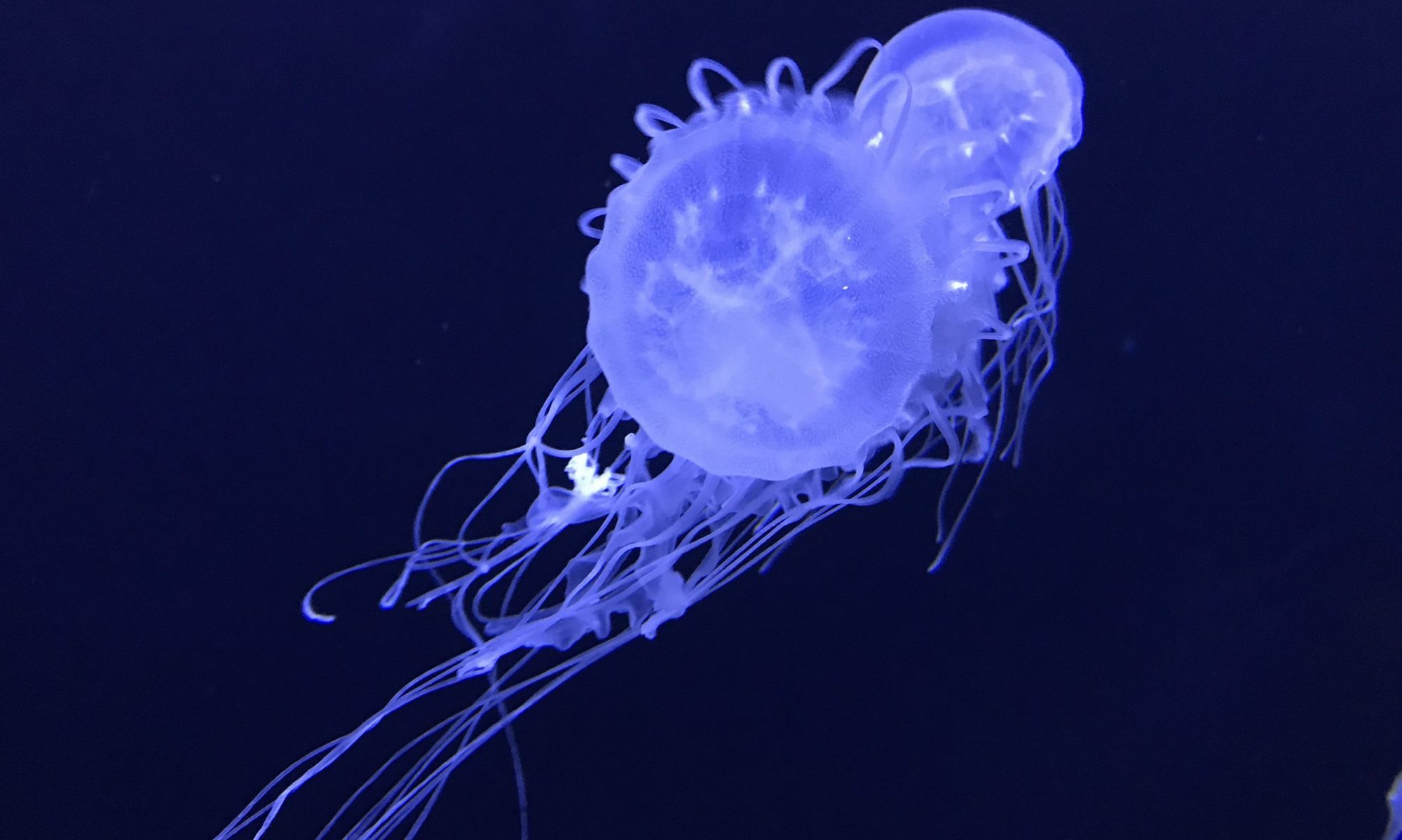
Cheryl Ames is a leading expert in marine biology with a research focus on jellyfish systematics, genomics and using eDNA (environmental DNA) to understand marine biodiversity. She is considered one of the world’s foremost experts on box jellyfish or Cubozoans. All species in this group of jellyfish have image-forming eyes, have elaborate sexual behaviors, and some are highly venomous.
Novel findings from her research on cubozoans and other jellyfish, including upside-down jellyfish and freshwater jellyfish, have been published in peer-reviewed scientific papers. Currently, she is a Professor of Applied Marine Biology in the International Marine Sciences Laboratory at Tohoku University in Sendai, Japan, where she teaches undergraduate and graduate level courses in the university’s Future Global Leaders program.

Cheryl enjoys cross-cultural education and outreach, and finding creative ways to mentor emerging scientists and encourage them to succeed. In particular her motto is “Empowering women to empower others through science.”

She holds two Bachelor’s Degrees – one in Biology from Queen’s University (Canada) and the other in French Literature from University of Ottawa (Canada); a Master’s Degree from University of the Ryukyus (Okinawa, Japan) funded by a Japan MEXT scholarship, and a Ph.D. from University of Maryland, College Park which was funded by a Peter Buck Fellowship from the Smithsonian National Museum of Natural History in Washington, D.C. (United States).
In addition to teaching, Cheryl is part of several international research collaborations related to jellyfish behavior, evolution, and genomics applying integrative research techniques to address novel questions about medusozoans. She maintains status as Research Associate for the Smithsonian Institution’s National Museum of Natural History in Washington, D.C. Most recently, she worked as a National Academies of Sciences, National Research Council postdoctoral fellow with the U.S. Naval Research Laboratory and her research was published in Nature’s Communications Biology.
